Eat Well, Live Well, Age Well
Melissa’s hosted certified nutritionist, chef and wellness educator Patricia Greenberg in our kitchen on January 10 to promote her new cookbook, “Eat Well, Live Well, Age Well.” From the physiology of aging to eating well, to fitness, managing stress, and even guidance on making late-stage arrangements, this book shows us how to age well while living our best lives.
Patricia Greenberg has 30 years of experience as a certified nutritionist, chef and wellness educator, and runs The Fitness Gourmet, a wellness consulting firm that teaches seminars nationwide. Some of Patricia’s accomplishments include completing 20 marathons and 115 half marathons, starting at the age of 35 and still going strong.
The event’s menu showcased recipes that nourish, sourced from Greenberg’s previous cookbooks, and her website, in support of promoting her newest book that acts as a guide to thriving during your later years. This book isn’t just for those over the age of 50, though; those younger can also apply this information while taking care of older generations.
We connected with Greenberg after the kitchen event and asked her for more insight about nutrition and how produce fits into that bigger picture.
Q&A With Patricia Greenberg

Q: Plant-based nutrition has become a massive topic of conversation. With that said, we’re looking for different avenues to source protein. What grains and veggies should we be leaning on for more protein in our diets?
Contrary to popular belief that only beans have protein, almost all plants have some protein in them. Broccoli and spinach are higher in protein than many other vegetables, but you have to eat much larger quantities to keep up with beef, chicken and fish. That is good because eating a lot of plant-based foods will keep you full and less likely to binge on junk.
When looking for adequate protein in a vegetarian diet, quinoa and wild rice are the first two items that come to mind; they are high in plant protein. Grains are the foundation of a plant-based meal and go with everything! Keep in mind that when eating a plant-based diet, variety is vital because it is the compounds in the colors and variety of textures that also enhance the nutritional value of a meal. Mixing grains with peppers, onions and garlic, with a citrus sauce made with oranges, is an excellent example of covering all the bases nutritionally. Vitamins, minerals and lots of fiber.
Q: Nutritionally speaking, what are some fun facts you can provide about red walnuts?
Red walnuts were created by naturally grafting the Persian red skin walnut and the creamy English walnut. They are a little higher in oil, and the color adds to the anti-oxidant value. One quarter-cup serving provides 100 percent of the daily recommended value of plant-based omega-3 fats, along with high amounts of copper, manganese, molybdenum and biotin. Walnuts contain the amino acid l-arginine, which is particularly beneficial in reducing the risk of heart and vascular disease by improving blood flow.
Q: You mention in your book that vegan/vegetarians must be familiar with food combining to obtain all the needed amino acids for good health. Can you share with our readers; what is food combining?
When eating a vegetarian diet, food combining is essential to achieve maximum nutritional benefit from each meal. It is especially crucial for vegan people. We need nine essential proteins from food that we don’t make in our bodies. The best way to achieve this is by combining beans and grains. The addition of vegetables and fruits provide the vitamins and minerals that make the protein formation efficient and effective. Tofu and rice, black beans and corn, high-protein grains that I mentioned earlier, and with an array of colorful vegetables, are all excellent choices as a starting point. Some vegetarians eat milk, cheese and eggs so that they will get some supplementation there.
Q: What veggies would you combine for stir fry to get the right balance of nutrients from the meal?
I always start with olive oil and use onions and garlic, which are part of the allium family, along with shallots and leeks, to enhance the flavor of any dish. Always think in terms of color.
Red – peppers, tomatoes
Yellow/Orange – peppers, yellow squash, pumpkin, butternut squash, carrots, oranges
Green – broccoli, shaved brussels sprouts, chopped spinach, kale
Purple- eggplant (skin on), black olives, cabbage
Q: What produce should we be eating to get more trace minerals in our bodies? For example, are there specific veggies that offer more zinc than others?
Beans, seeds and nuts are the best vegetarian sources of zinc and many other trace minerals found in nature. I love almonds, walnuts, sunflower seeds, brazil nuts and hazelnuts to use as toppings on salads and other vegetables.
Q: What fruits are high in antioxidants?
Antioxidants are essential as they protect your cells against free radical damage, which contributes to chronic disease and signs of aging. The number one way to get a boost of antioxidants is to eat fruits that are colored purple, red and orange. Grapes, blueberries, blackberries, strawberries, oranges and mangoes are tops.
Q: Your book is an excellent resource for people who want to eat and live well as they age. What produce items, especially, should seniors be putting in their grocery carts every week?
Everyone, especially as we age because of the slowing down of digestion, should be eating large amounts of cruciferous vegetables and fruit. One tip I have for people that may be dealing with the inability to eat raw or very high fiber foods is soup. Every Sunday, without fail, I prepare a huge batch of vegetable soup, using whatever I have in the refrigerator. I start by sautéing chopped onions, celery and carrots (which I always on hand). I add broccoli, cauliflower, assorted greens, zucchini and other squashes. Sometimes I add leftover shredded cabbage mix, then cover with tomato sauce and water (as needed), and let simmer for four hours. If the roughage is too much, you can blend it into a smooth soup or sauce. I use it on everything!
Q: We can’t stop talking about mangoes at Melissa’s. Can you provide some fun nutrition facts for us?
I love mango! The sweetness of this fruit can always be a great healthy choice for dessert and enhances a savory meal. Interesting tidbit; mango contains a unique antioxidant mangiferin, along with loads of vitamins A and C, which is fabulous for a healthy immune system and heart health.
Q: I loved your intro from the book – thank you so much for sharing your personal story! I love the adage that it’s never too late in life to accomplish fill in the blank. Nutritionally speaking, can you talk about the power that food has when it comes to reversing health concerns? Like, is it ever too late to reverse the effects of bad eating habits?
One of the questions that come up for people as we age is, can I reverse my health status and restore my youthful body? The answer is yes, and no. Its never too late to cut out the processed foods and reduce our intake of sugar, salt and unhealthy snacking. The body has a remarkable ability to heal itself and by engaging in healthy habits like eating a predominately vegetable and fruit diet and exercising daily and reducing stress, which all play a role in how our food will work in our systems. Reducing sugar and caffeine will calm the body down and make stress less harmful. Exercising will improve digestion and metabolism. Losing weight can be a massive struggle for people with physical limitations, but a diet high in plant-based food will help in not exacerbating any existing conditions. When you feel better, you look better, and you are more inclined to be pro-active about your health.
PIN THIS POST
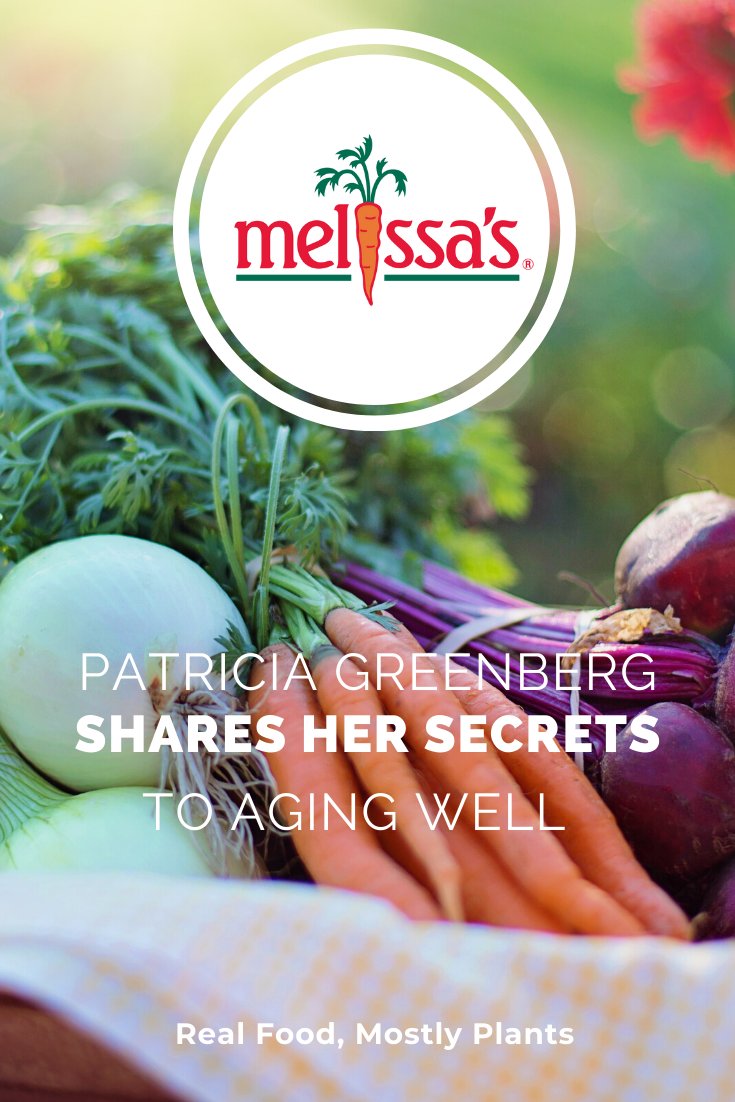

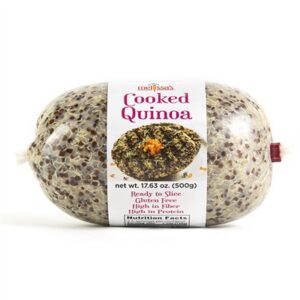

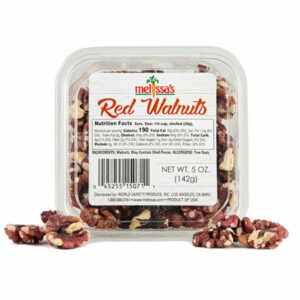
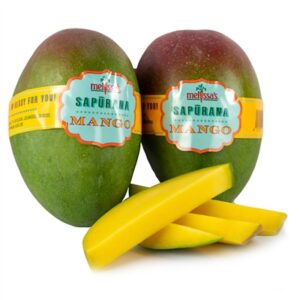
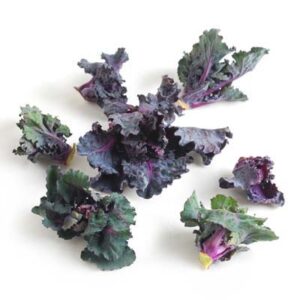
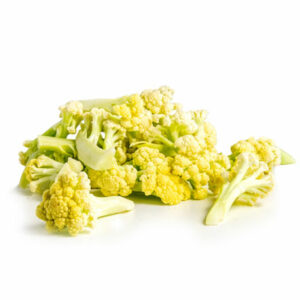
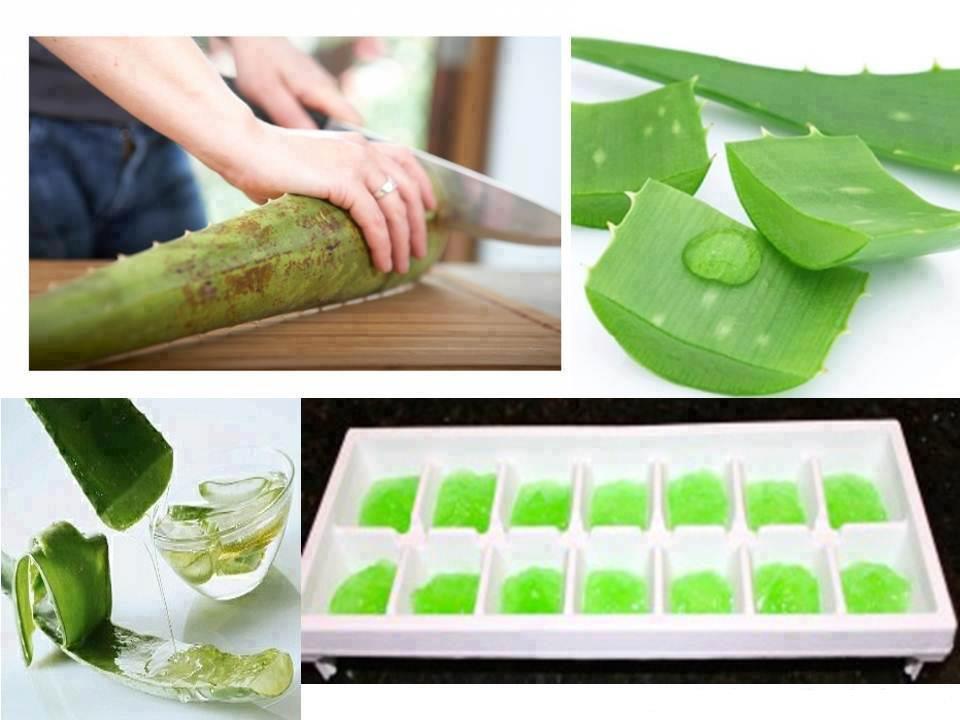
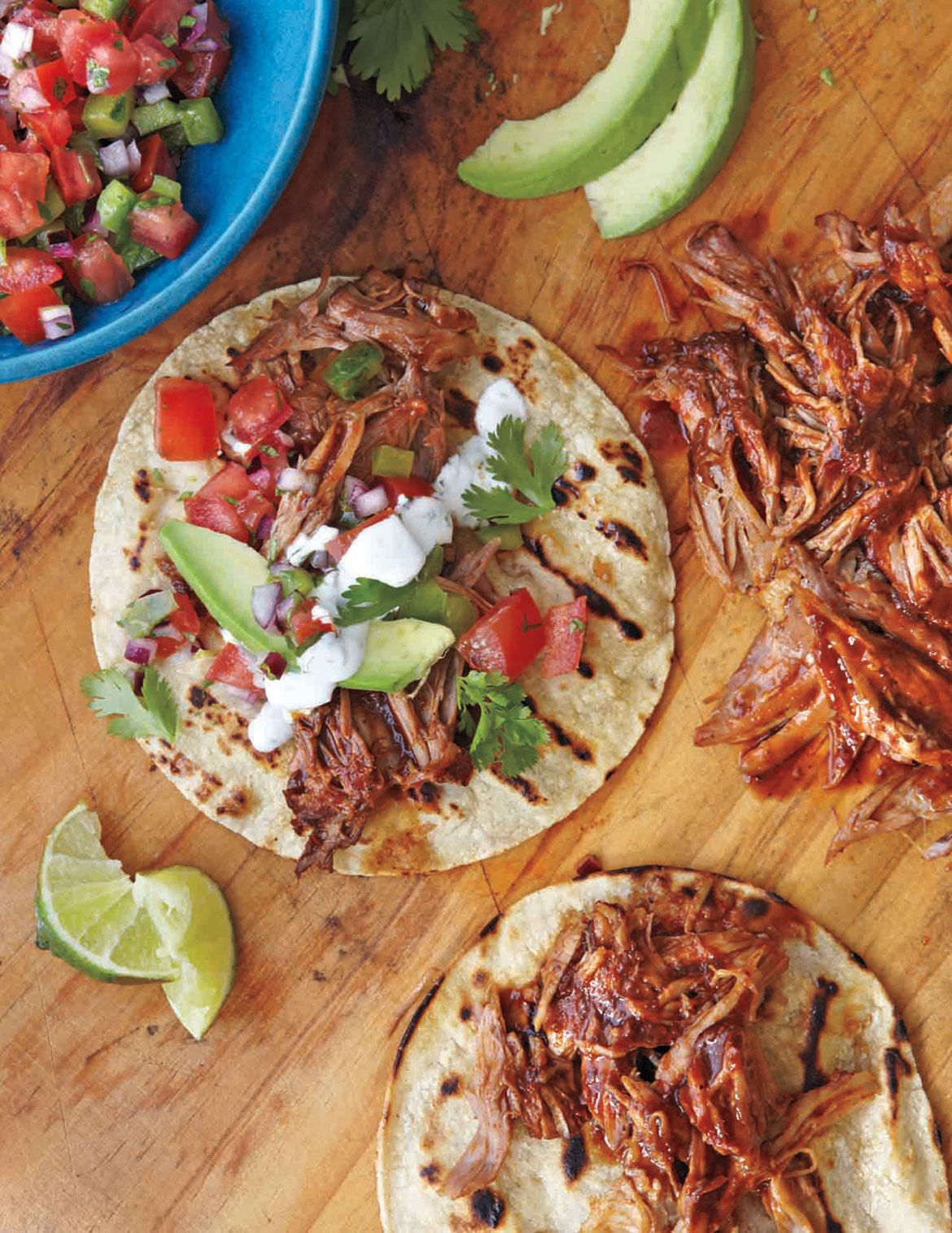

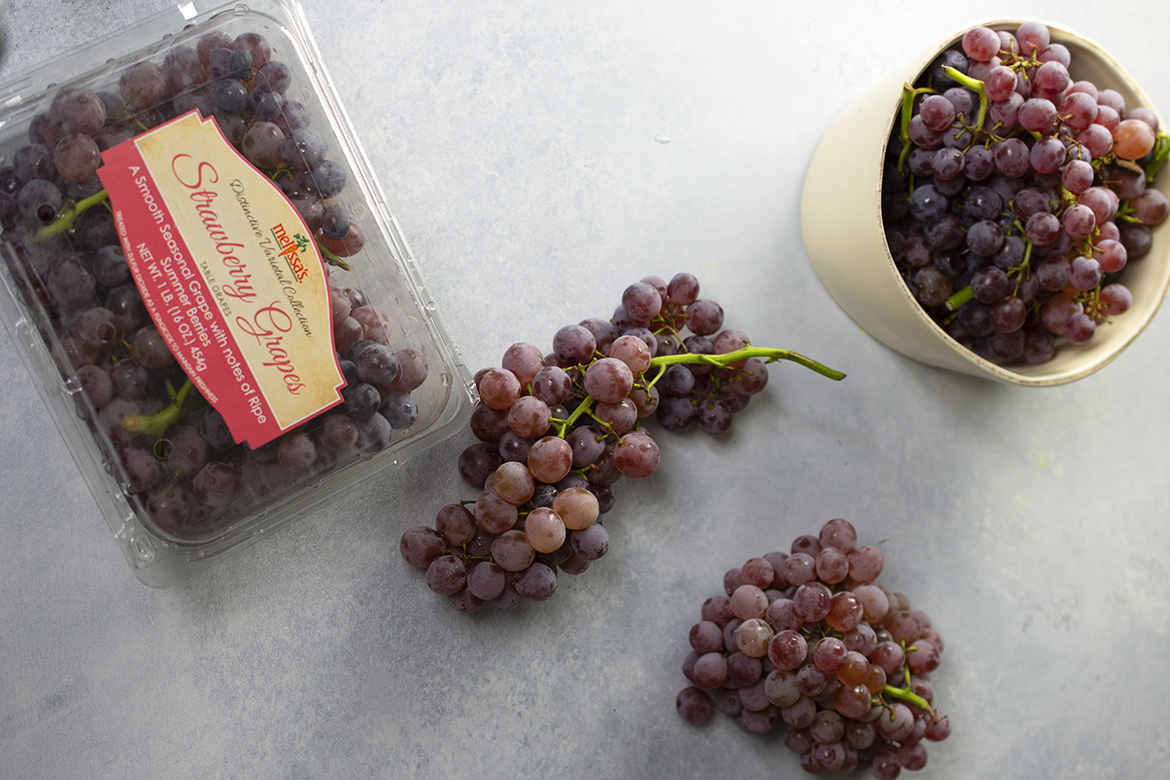
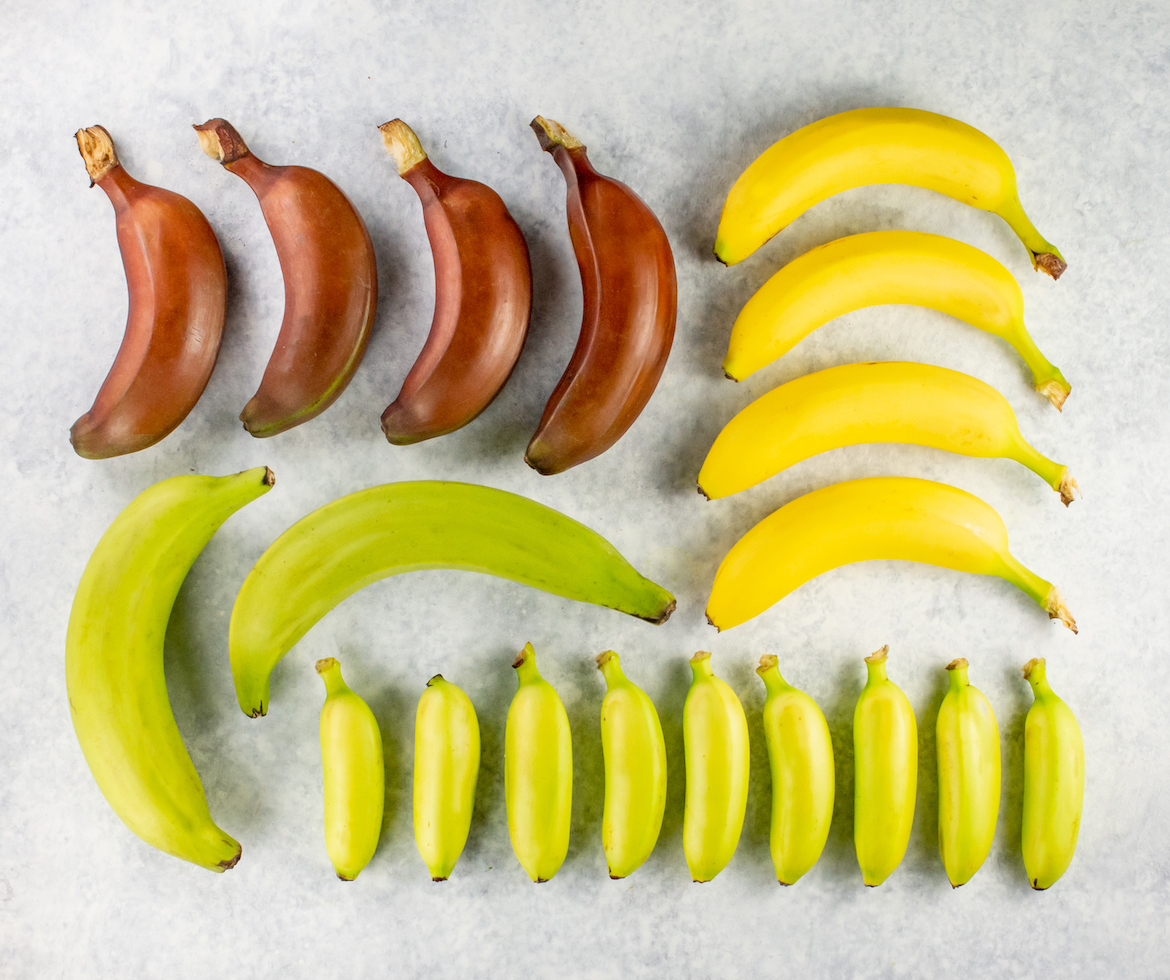
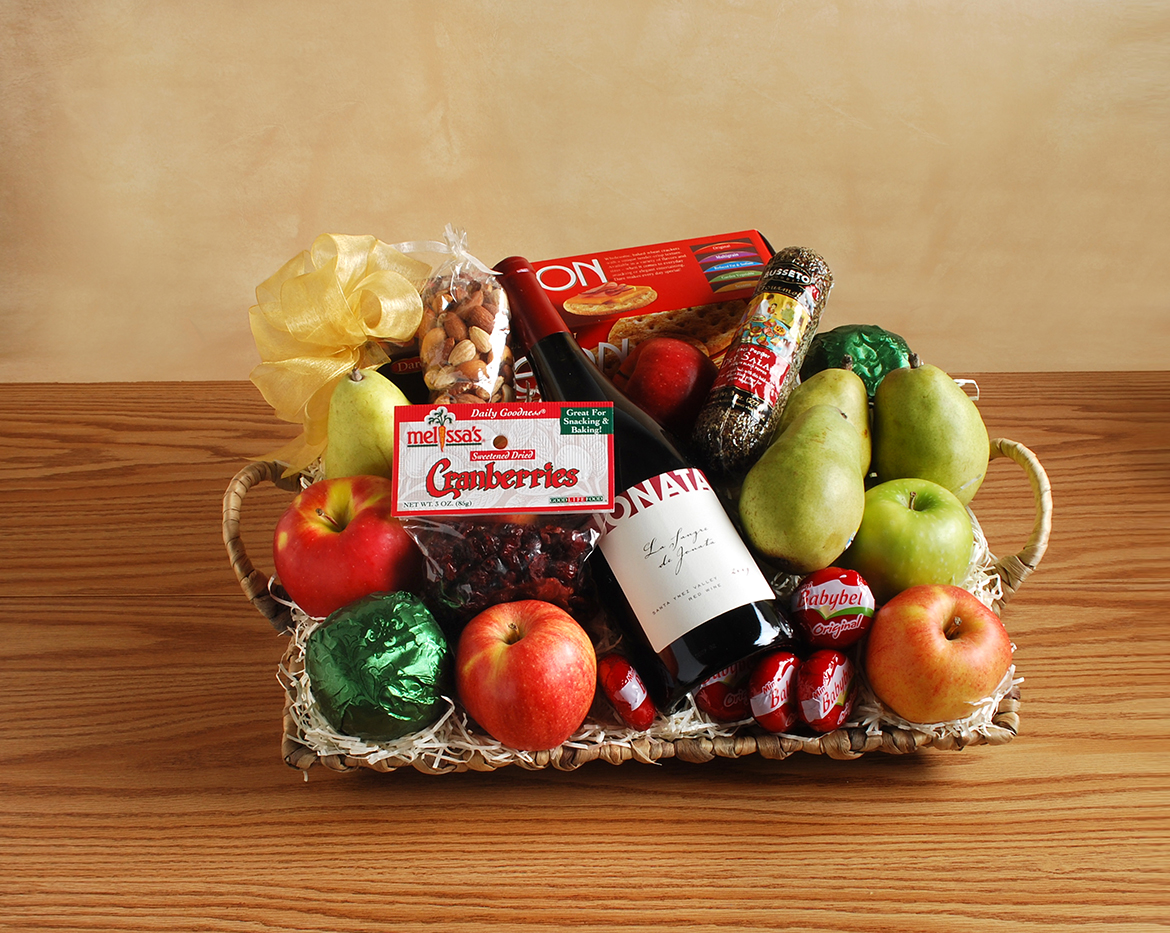
Fabulous article, thank you!!